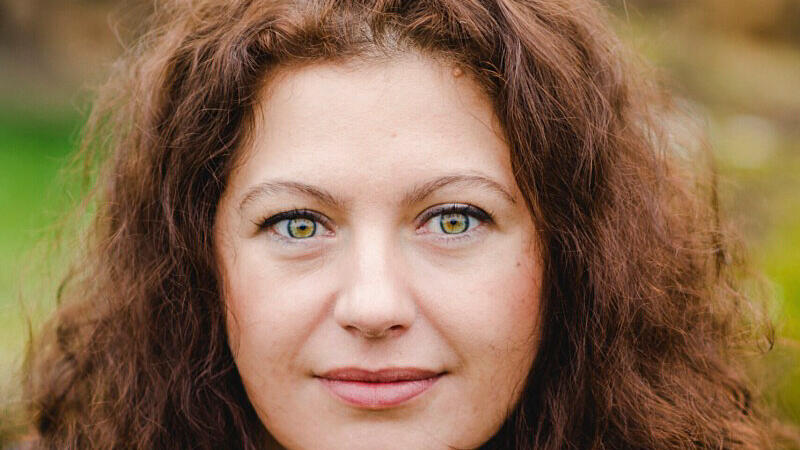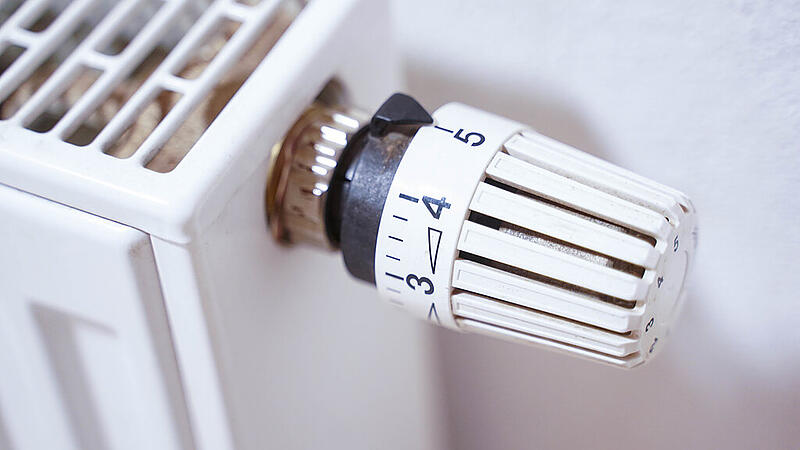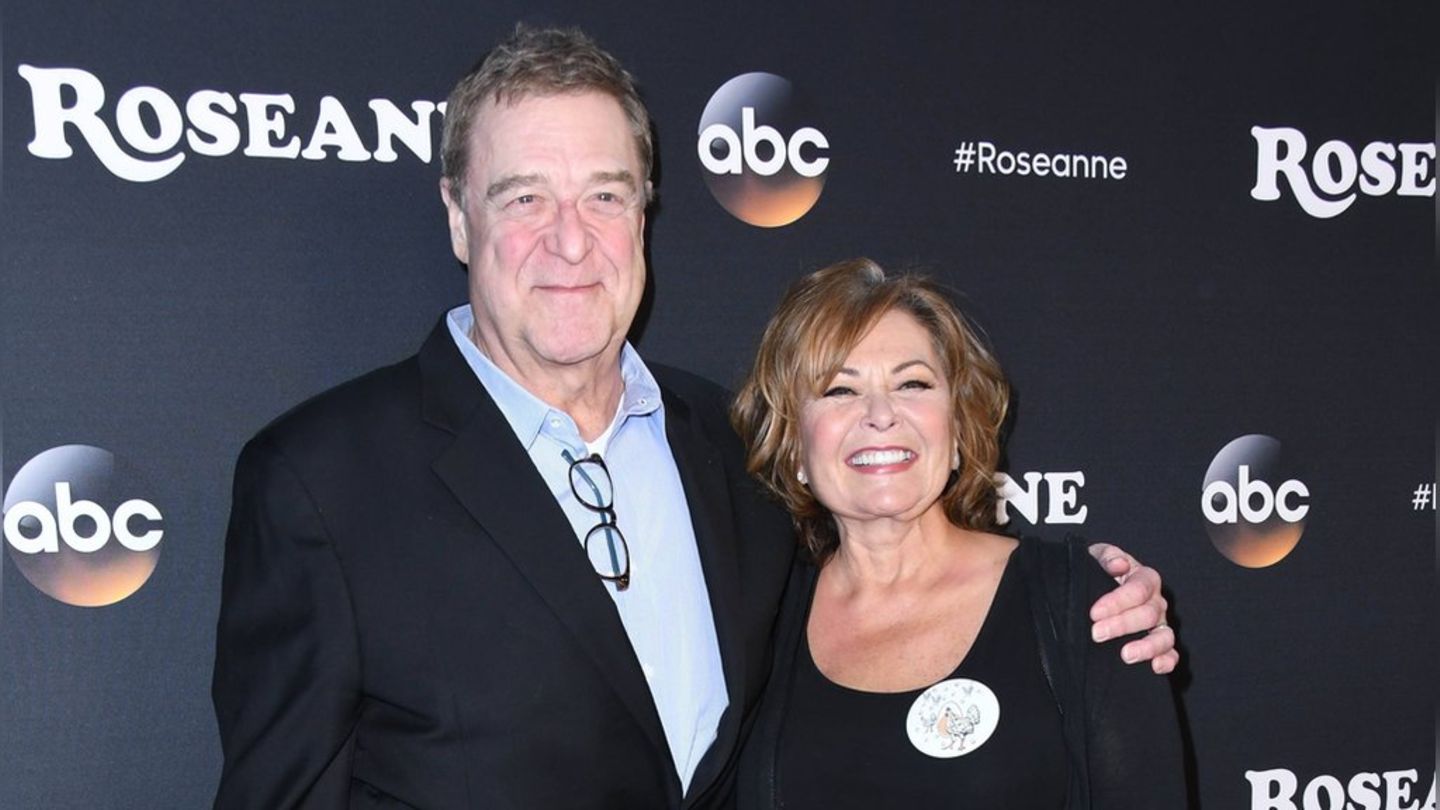Image: (Press photo Scharinger / Daniel Scharinger)

“We have four times as many boiler consultations as in 2021, we feel the dynamic. The population wants to get out of fossil fuels”says Gerhard Dell, Managing Director of the Upper Austrian Energy Saving Association.
Tens of thousands of households in Upper Austria want to exchange their heating systems and are interested in solar power generation and the use of renewable energy sources such as ambient heat (for heat pumps) or biomass (wood, pellets, agricultural waste).
As dynamic as the development in changing the heating is, so little is progressing in the building renovation, according to the additional finding of the Energy Institute of the Kepler University. “Throughout the EU, three percent of the building stock is renovated every year, in Austria it has been only one percent for years”says Andrea Kollmann from the JKU. “We have to concentrate on the whole building and not just on the renovation of individual components” such as roofs, windows or doors.
Funding is available so that you don’t have to bear all the costs yourself. After all, an investment of 30,000 to 35,000 euros is expected for a new heating system. When it comes to replacing the heating system, the purchases now pay off much more quickly than they did ten years ago given the high energy prices. A photovoltaic system pays for itself after five to six years, depending on the feed-in tariff or self-consumption of the solar power.
It is more complex when it comes to building renovation. This costs beyond 100,000 euros. Here it is important to address the right target group: “In most cases, renovations only take place when there is a generational change”according to Kollman.

Upper Austria has a relatively green one electricity mix (84 percent renewable), and the share of renewable energy in the space heating supply is also high at 61 percent. If you look at the total energy consumption of the state of Upper Austria, which is known to have energy-intensive industry and strong production facilities, the ecological balance of the energy supply looks much blacker – namely oil and natural gas-centric:
The so-called “gross energy consumption” (see chart on the right) has increased by 30 percent since 2005 and can only cover a third of it from renewable sources. The EU target for 2030 is 40 percent. The low proportion of renewables reflects unvarnished the growing energy hunger of our modern way of life. 22 percent of the energy required for electricity, heating, transport, production and services in Upper Austria comes from crude oil, another 22 percent from natural gas, and 24 percent from coal. This is where voestalpine makes a difference with its blast furnaces, because the proportion of coal heating in private households is only minimal.
Upper Austria wants to do this by 2040 climate neutral become. This means phasing out fossil fuels such as natural gas and oil.
How about the heat generation off? The government program plans to phase out fossil fuel heating systems by 2035 and natural gas heating systems by 2040. A renewable heat law is currently being discussed by parliamentarians. In the case of district heating, there is a proposal on the table that around 50 percent of district heating should come from renewable energy. This is based on the EU specifications, which are intended to increase the proportion of district heating from renewable sources or waste heat by one percentage point per year.
Upper Austria has already done preliminary work – there are already 350 biomass local heating systems in Upper Austria’s municipalities. According to Dell, district heating, which is the form of heating that warms most households, is climate-friendly in Upper Austria. Because it does not consume additional fossil energy, but feeds itself from the waste heat from gas power plants and industry. This assessment is shared at the Energy Institute. Even if the energy source is (still) gas, district heating, which combines electricity generation and heats up heaters from the waste heat, is an extremely efficient form of energy use.
For all those who cannot raise the money for a heating replacement or cannot raise all of the money, there is a public subsidy of up to 100 percent of the investment. “Clean heating for everyone” is the name of the initiative, the Upper Austrian Energy Saving Association will be happy to advise you. There have already been several hundred inquiries about this. Online registration is possible.
Source: Nachrichten




